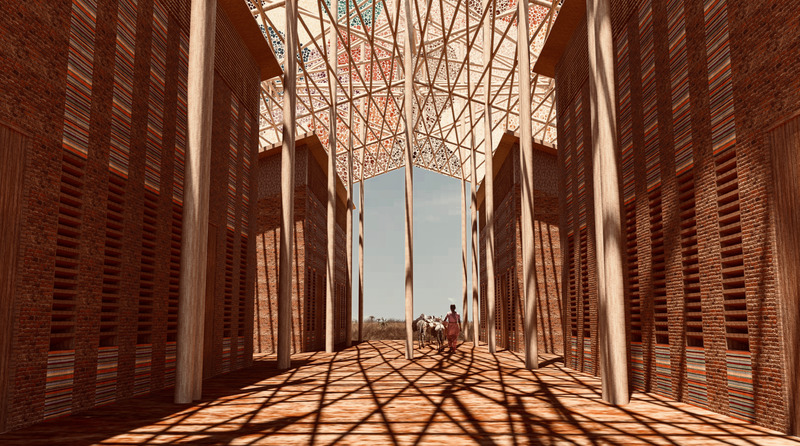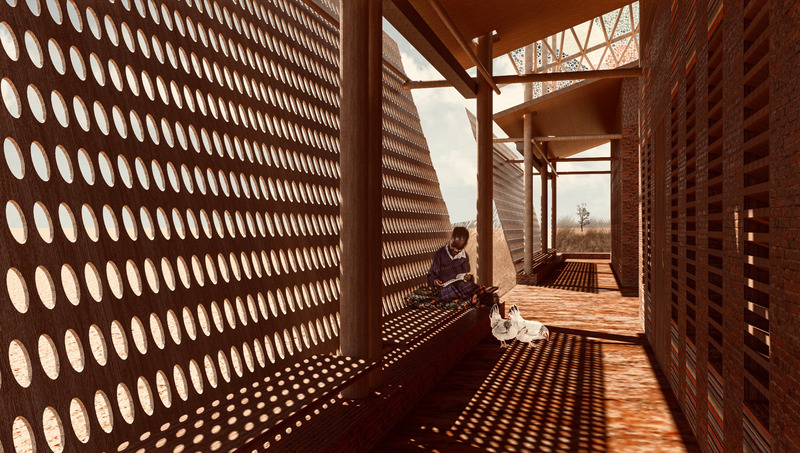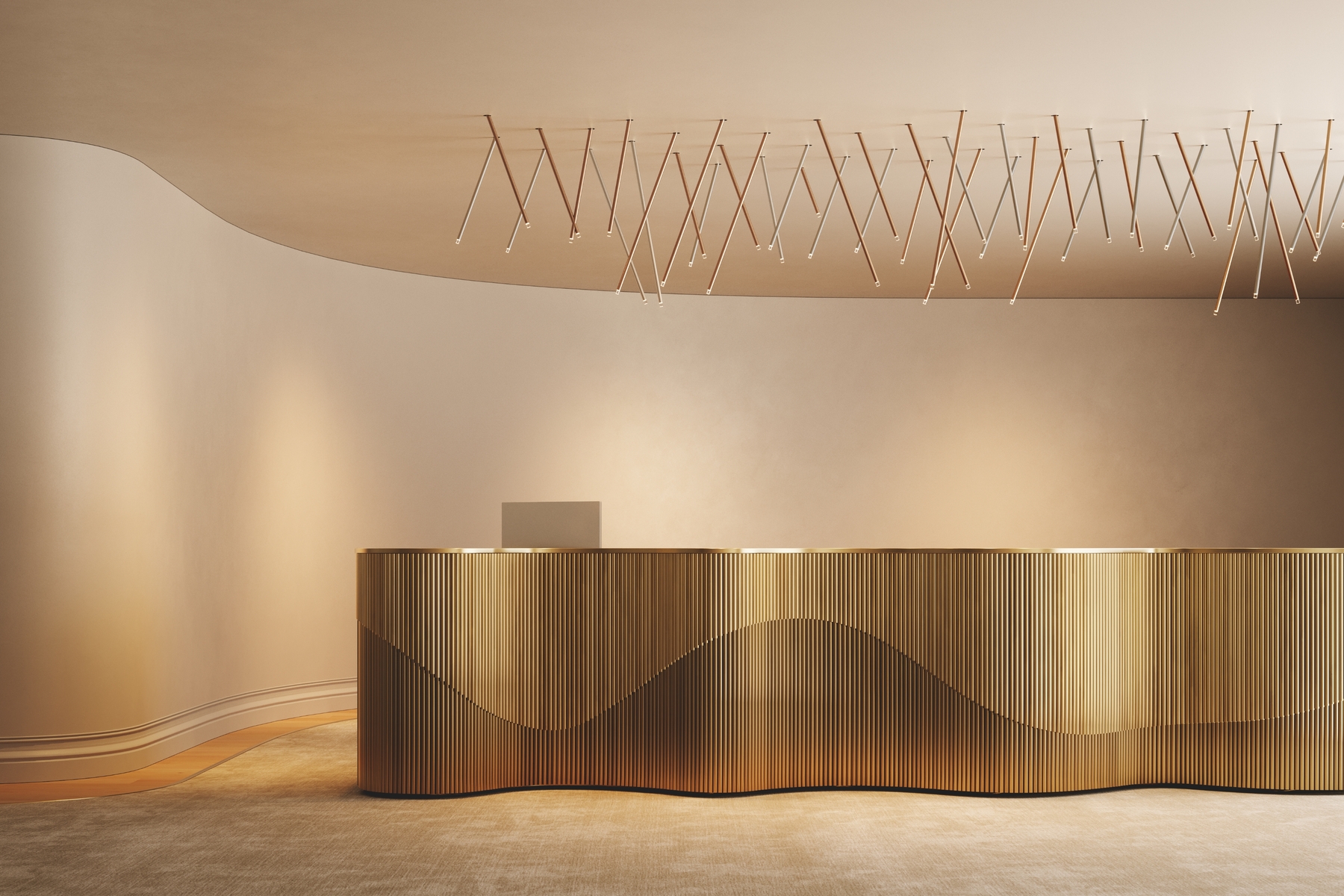Hong-En Lin introduces his new project, Pure Power/Daily Combat Strategy for Water Collection in Tanzania, where water resources are often polluted and where long distances to obtain water make the task difficult.

Perspective – 2
Photo credit: Hong-En,Lin
For many people, it can take one to three hours to get from home to a water source, but even then the water they obtain is often muddy. Water pollution is a prevalent problem in Africa and one of the primary causes of death is due to the consumption of contaminated water over time. Given that poor environments prevent many people from accessing cleaner water, the designer’s goal is to assist them in that endeavour. Once addressed, access to cleaner water resources can also help improve water extraction, while ensuring the availability of clean water for consumption and cooking in regions of Africa.
Unique Local Materials
Housing is the most important source of shelter from the wind and rain, as well as a place for undertaking daily activities. It has been observed in Africa that family women still retain local traditional woven clothing, as most parts of the world have their own weaving culture. Under the circumstances of limited environmental conditions and budget, the designer has leveraged local weaving culture as an idea for combining the housing of local materials and dew collection to create cleaner, more economical housing with a cleaner water source.

Perspective – 5
Photo credit: Hong-En,Lin
Design Thinking and Creation
How do poor rural areas perceive local materials, based on economic sustainability, as effective use tools that can be extended to other places after 10 years and 20 years? In terms of architecture, bricks and wood, which are easily available locally, are used as the main building materials. The design of local objects can be simply accomplished through weaving and the power of a family. Joint weaving can enhance emotional well-being between family members while providing the ability to reduce budget expenditures and increase the temperature of hand-made buildings to create a closer family sense of belonging. The bedroom surrounds the public space, making it and the semi-outdoor area closely connected and thus creating a daily living space where the family can gather.

Perspective – 4
Photo credit: Hong-En,Lin
On the roof of any Pure Power/Daily Combat Strategy for Water Collection residence, a wooden structure is combined with a weaving device to collect dew. The weaving technique and house are interwoven to form a structure that echoes the concept. The tolerable curvature of the wood structure is used as the support of the roof, which is covered by weaving. The cladding of the roof is covered with building materials, a waterproof layer (PVC), and a dew collection layer. The structure can extract moisture from the air in the early morning and collect rainwater, both of which can be stored after passing through a filtration system. As a result, the use of local weaving techniques and simple construction methods can be leveraged and combined to create useful and interesting roof systems.
Video credit: Hong-En,Lin
Source: v2com newswire










